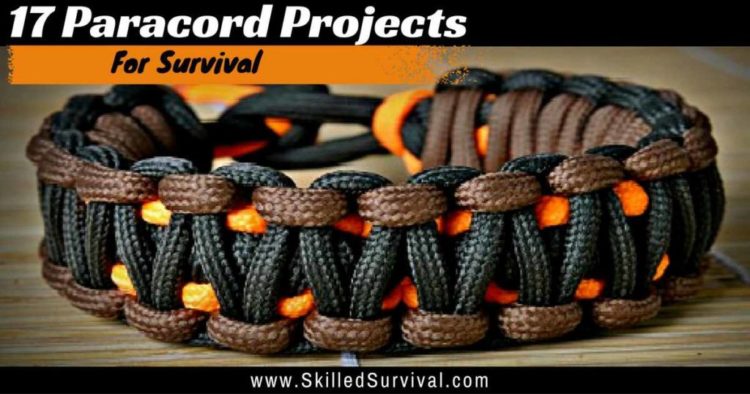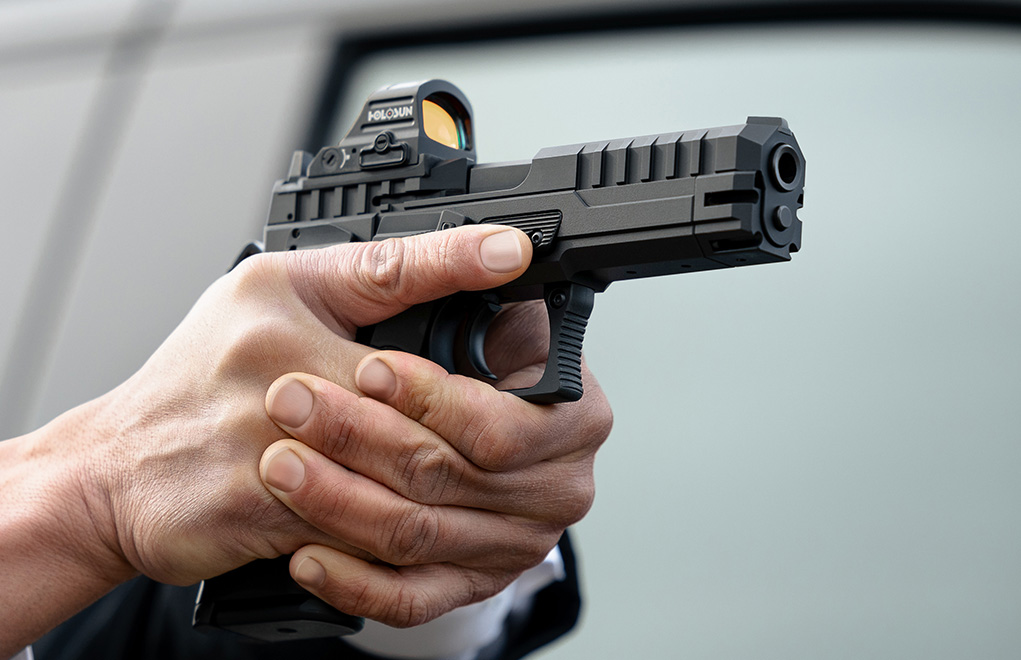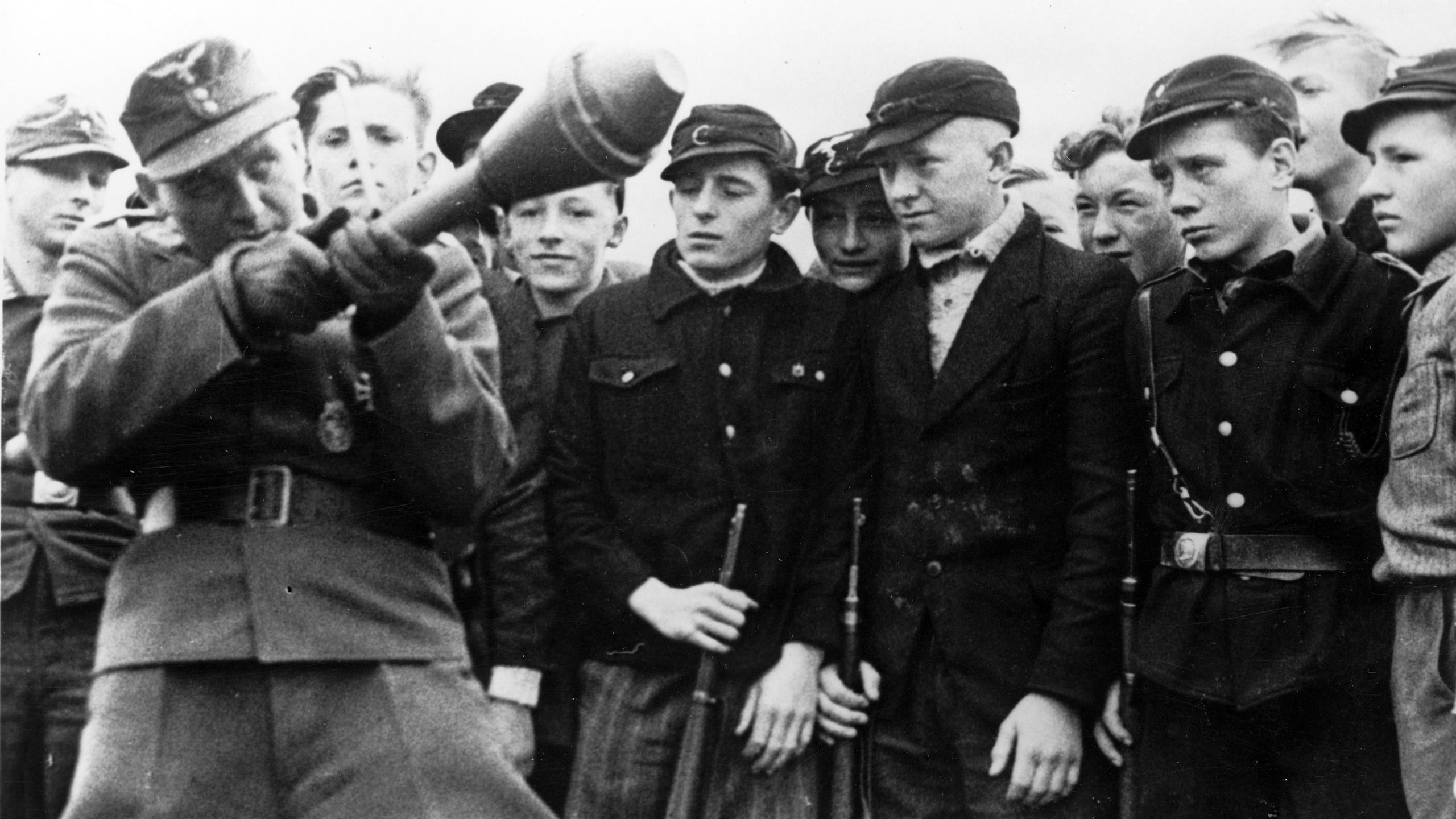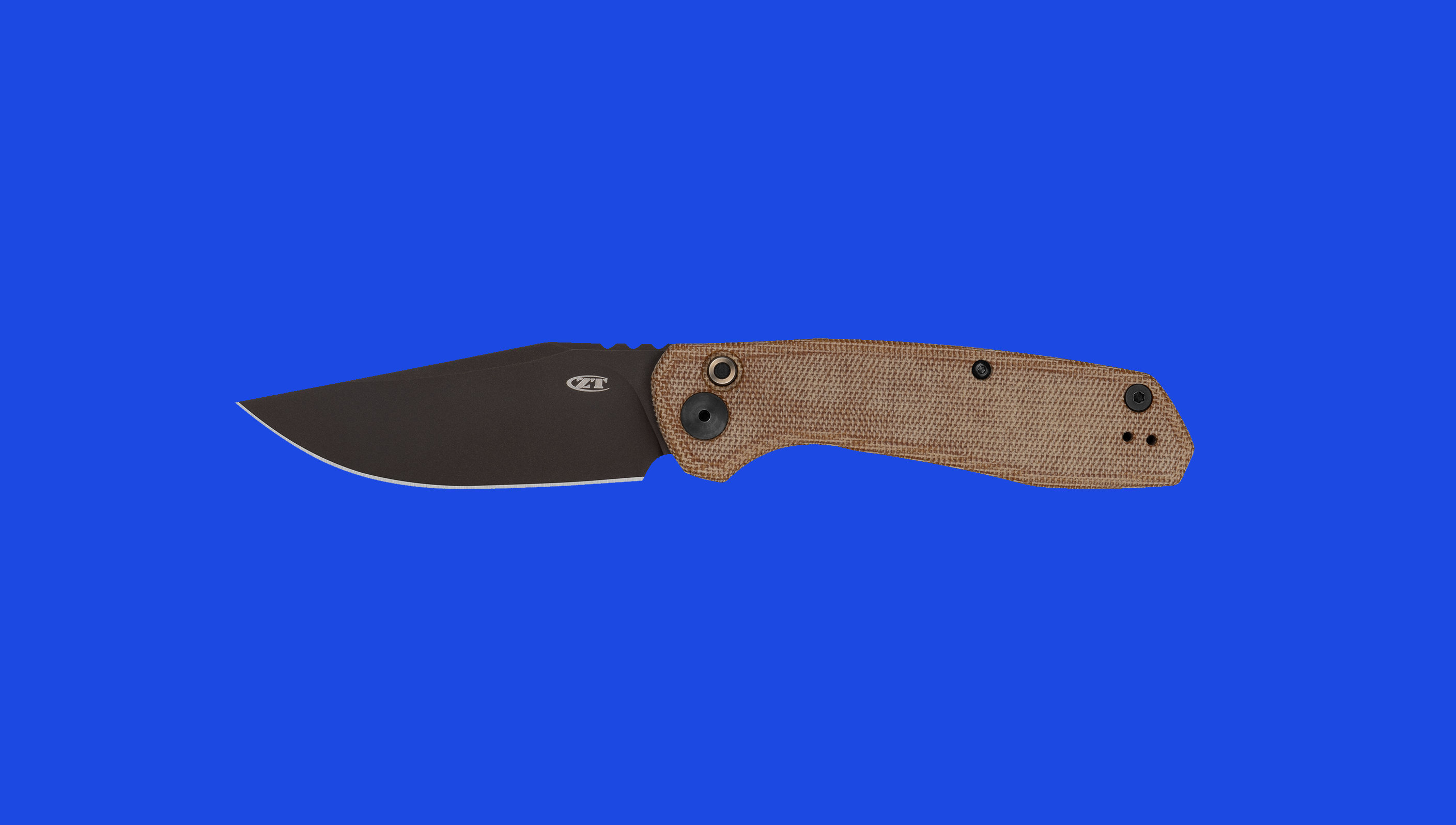Some old, collectible guns cannot fire modern ammo and are often unsuitable for self-defense.
My grandfather was once a mail carrier and, before it was against company policy (Federal law, in this case), he carried a seven-shot, nickel-plated .32-caliber revolver in his pocket for protection against vicious dogs and nefarious individuals he occasionally encountered along his route. After retiring many years back, he stored the revolver and some ammunition in a secure location, where it remained until he passed away.
In the distribution of his effects after the reading of his will, I took ownership of the handgun, since no one else had the least bit of interest in it. The revolver is clean and in good shape, with the manufacturer’s name, Forehand and Wadsworth, inscribed on the barrel and the words “British Bulldog” in bold lettering inscribed on the frame above the cylinder. Other than the five-digit serial number (920XX) inscribed on the cylinder and grip, there are no other markings I can find to give a better description of the gun.
The ammunition that came with the gun was marked .32 S&W Long and had what appeared to be lead round-nose bullets. There were only a few cartridges in the box, and I wanted to save them, mostly for nostalgic purposes.
Since the gun has a small grip along with an atrocious trigger pull, I bought several brands of ammunition marked as target loads to alleviate the potential of the recoil making shooting it unmanageable and unpleasant.
This is where the problem I am writing about presents itself: Two of the boxes of ammunition were made outside of the United States and one of the boxes was made by a major U.S. manufacturer. The gun flattened and pierced the primers on nearly every U.S.-made round fired, whereas the other two brands functioned as expected, even though the indents on the primers were quite deep. Is it safe to shoot the gun, or should I simply keep the gun for memories and posterity?
Geoffrey Torey
via e-mail
In my experience, many of today’s concealed-carry enthusiasts seem to think that pocket carry is something fairly new on the scene. In fact, pocket carry for small handguns has been a common practice since such guns arrived on stores’ shelves.
Some people are concerned about the safety of carrying a loaded gun in their pocket and therefore have not given pocket carry much consideration, but the reality is the gun will not fire unless the trigger is pulled, no matter where it is carried. With that in mind and using a little forethought, a handgun can be safely carried in the pocket or elsewhere, as long as the gun will not fire until the finger is on the trigger and there is an intention to fire.
The very heavy trigger pull of the British Bulldog made the inadvertent pulling of the double-action trigger exceedingly unlikely, although today we would recommend a pocket holster that protects the trigger and trigger-guard area of the revolver. Holsters such as these are essential for pocket carry with the smoother and lighter trigger pulls of handguns in current production, as is some practice of accessing and storing the handgun prior to finding oneself amidst a potentially life-threatening encounter.
British Bulldog revolvers were made in the late 19th century both in Europe and in the United States. They were popular because they were inexpensive, relatively functional and easy to conceal in the clothing styles of the day. They provided more shots than the concealable derringer, but were smaller than the typical, full-size, single-action revolver used by many during that period.
The gun that you have, according to the serial number you provided, was most likely manufactured in the mid to late 1880s. The records leave a bit to be desired, but the Forehand and Wadsworth versions of the British Bulldog were manufactured in Worcester, MA, from 1878 to 1890, with the serial number range just exceeding 100,000 as near as I can ascertain.
Guns manufactured in that time are considered blackpowder only, especially the less-expensive models. For that reason alone, I recommend that you keep the gun as an heirloom in remembrance of your grandfather rather than as a shooter.
As to why your revolver pierced primers, there are many potential answers that, without seeing the gun, would be hard to determine. The simple answer might be that some primers are harder than others, and that in itself could be the difference regardless of the original manufacturer.
If you find that you have a deeper interest in your Bulldog revolver as far as history and evolution, there is a particular book by author George Layman entitled “The British Bulldog Revolver” that is full of pictures, history and and lots of detailed and useful information.
Read the full article here












Leave a Reply